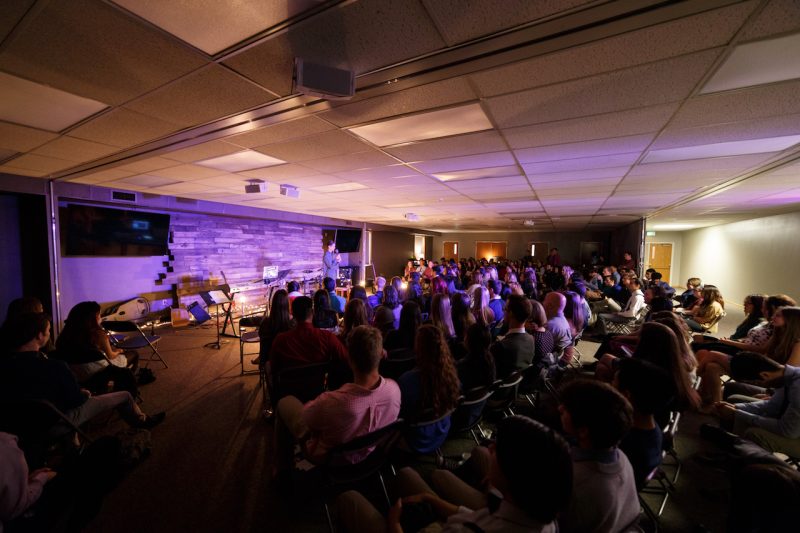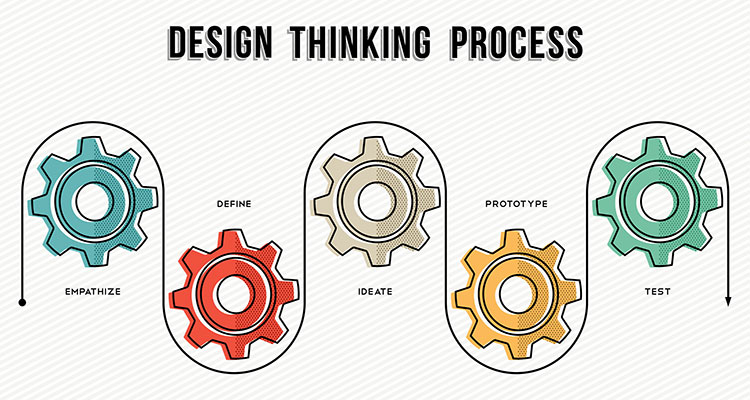The Lowest Common Denominator
The terms “simple” and “technology” are often viewed as antonyms. From the intricate mechanisms of an analog wristwatch to the control of electrons to a light bulb, the point of most tech nology is to make operation so simplified that no effort is required on the part of the user to make it function correctly. In the A/V/L industry, the manufacture of technology has not simplified, but become far more complex, making the job of the engineer more difficult for creating a simplified user interface (UI).
nology is to make operation so simplified that no effort is required on the part of the user to make it function correctly. In the A/V/L industry, the manufacture of technology has not simplified, but become far more complex, making the job of the engineer more difficult for creating a simplified user interface (UI).
Yet the A/V/L industry is not alone in the exponential complexities of technological innovation. Users, too, have adjusted to more complex applications of technology, often desiring the same high-end results from large scale commercial applications. This has created a spiraling of technology advancement and a dizzying array of user options and controls. Perhaps no other industry can see the effects of this as consistently as the house of worship market, where the attempt of synchronized functions across varied technologies happens every weekend before a live audience.
What should be apparent is the point of diminishing returns. At some point (and we may have already passed it), the wiz-bang sophistication added into A/V/L technology for other markets (high-end, in particular) no longer increase the value of the products to even a majority of the larger churches.
There are two extreme ways to address the more/faster/better/more complex issue when it comes to the house of worship market: Define the optimum upper limit of complexity or opt for a minimalistic operation of the technology.
Know Thy Client Base
The easiest way to understand how churches use your technologies is to ask them. It is probable that greater than 90 percent of all churches using a particular piece of technology don’t ever utilize the most sophisticated features or functions. The reasons are varied, but are likely either because volunteer operators are the norm and don’t have the training to maximize the tech or because the staff or volunteer doesn’t have the time to dedicate week in and week out to the programming/setup/optimization of the technology.
Simply asking churches how they’re using your technology will provide any manufacturer with the insights necessary to offer alternative technologies to this market. For example, it might mean that the exact same console with locked-down features (requiring a paid activation code to open up the “expert” mode) could sell for less than the same console used in a high-end venue. Or it could mean that an entirely different GUI (graphical user interface) is developed for this market where the tech terms are simplified (“next” instead of “preview;” “live” instead of “program,” etc.) on the electronic interface.
If polling of current church clients reveals that they’re simply not using the advanced features of your technology, is it possible that a different model could be created that uses less advanced processors (cost savings) for not only churches, but of other mid-range market spaces?
Manufacturers have a tendency to over-engineer because, well, they are engineers. Here’s a great exercise for your engineers and designers: Simplify operation as much as you can on one of your current mid-level prototypes, then go get the receptionist to operate it. Show him or her the basics, then watch and listen and you’ll get an idea of how to simplify it further.
One of my personal mantras when I was a church tech director was to make operation so simplified that ‘my mom could use it.’ I accomplished this where I could: in start-up/shut-down instructions next to every tech position. I didn’t have the option to simplify the technology, so I simplified where I could: operation instruction.
Seamless vs. Smooth
A seamless church service is the theoretical ideal; a smooth service is one that is distraction-free. The difference between the two cannot be overstated.
You’ll sometimes talk to church buyers who throw out terms and phrases like “excellence,” “the perfect service,” “mistake-free.” From a production standpoint, professionals will think about touring acts, Vegas shows or professional sports productions where similar terms are not only bandied about, but expected. Don’t assume this is what these churches actually expect. Instead, understand that what they’re after is not a seamless service, but a smooth one where the technology doesn’t get in the way of a powerful experience.
Systems integrators that work with churches often can attest to the operation of A/V/L systems where “just the right amount” of technology is what is actually desired and needed. Automation, for example, is a very cool feature today on a number of devices across the A/V/L landscape. In the house of worship market, for example, church techs love flying faders on audio consoles. It looks really cool. Sure, there’s an actual purpose to the functionality, but chances are this is not a necessary feature for the vast majority of churches. Not only is there a cost-savings, but also an operational/maintenance cost reduction over the lifetime of the console. Most importantly, the overall simplicity of operation can become the proper focus (hence my suggestions above).
I’m not saying automation isn’t necessary. I am saying that automation is helpful when it makes it harder to make a mistake.
Price and the Lowest Common Denominator
I have mentioned multiple times now about cost-savings associated with simplified technology offerings. However, price is not the lowest common denominator; value is. What this means for manufacturers, rep firms, systems integrators and dealers alike is the opportunity to position products and services that create the greatest return on investment for churches.
Think of it this way: If someone asks you what car you’d recommend for them, you’d either list your personal preference or, more likely, you’d not actually answer them with a make and model but instead ask questions to help determine what their needs, key drivers and budget were before narrowing down options to recommend. Sure, it’s easy to say, “Oh, I’d love the Ferrari F12berlinetta,” but it’s probably not a viable option. Similarly, playing it safe with a mid-range SUV (“I’d say the Toyota Highlander”) might also be a poor choice (albeit far less expensive). Understanding the needs, key drivers and budget whittles down the list to realistic and feasible options.
Chances are, the lowest-priced option will not meet all of their needs. Instead, the greatest value will be right-fitting technology with the venue, application, user level and budget.
House of Worship and Beyond
Here’s my prediction: if the A/V/L industry did this for the church market, it would create products that fit a number of vertical markets. But, since the focus here of rAVe’s H.O.W. columns is church-specific, I can verify that this is the future direction necessary to maximize sales and create loyal customers. Will you listen to your church demographic and open up your engineering and design to this kind of thinking?
A former staff member at three mega churches and church technology consultant, Anthony Coppedge has developed a respected reputation as a leader in technical and communications circles within the church marketplace. Reach him at anthony@anthonycoppedge.com





